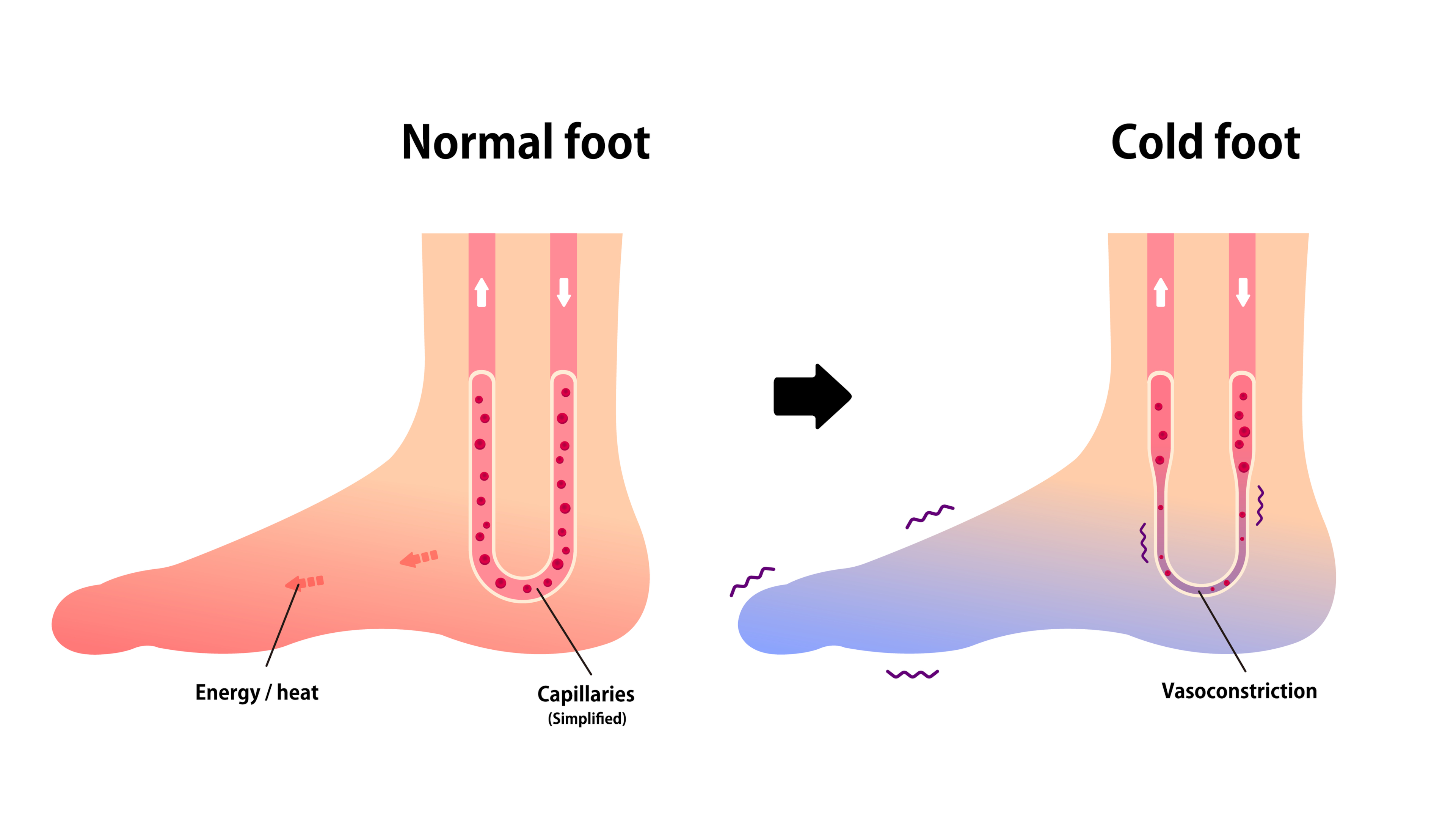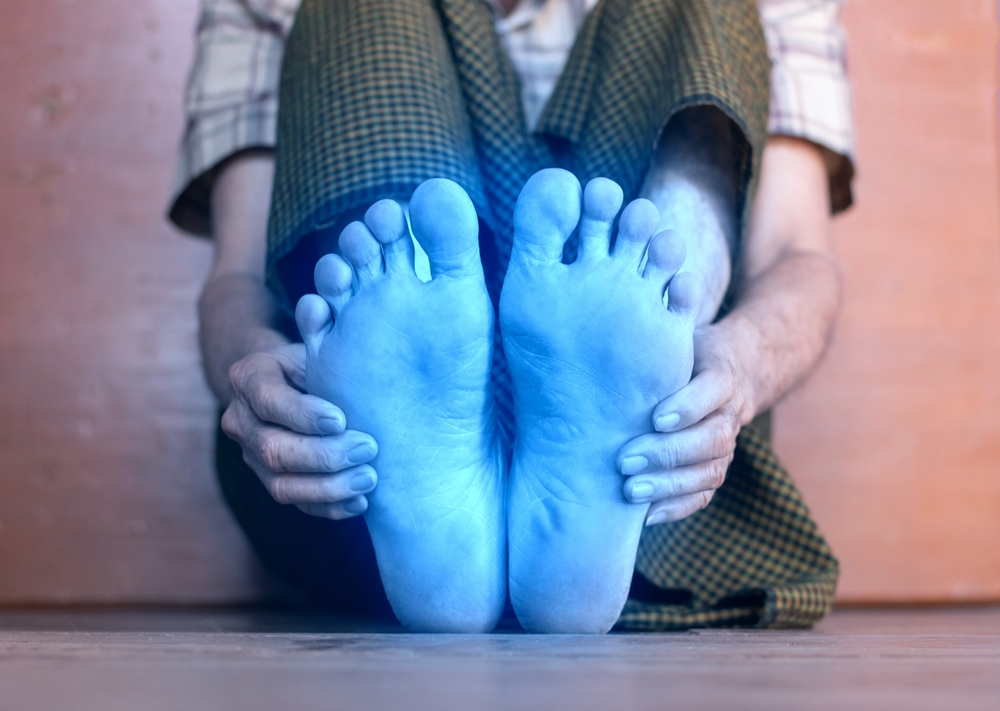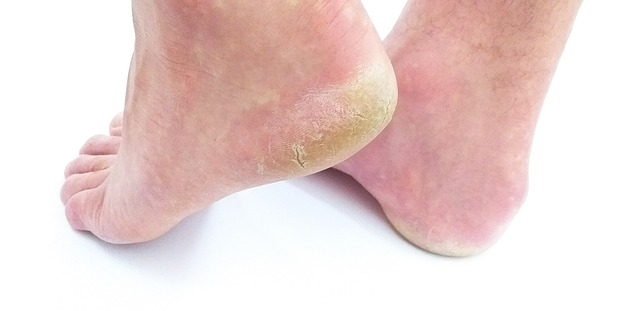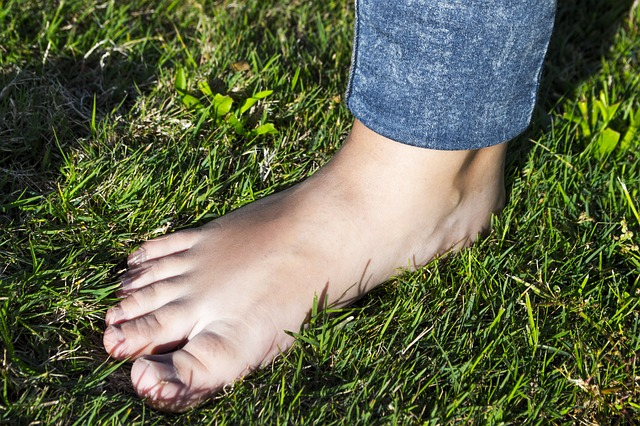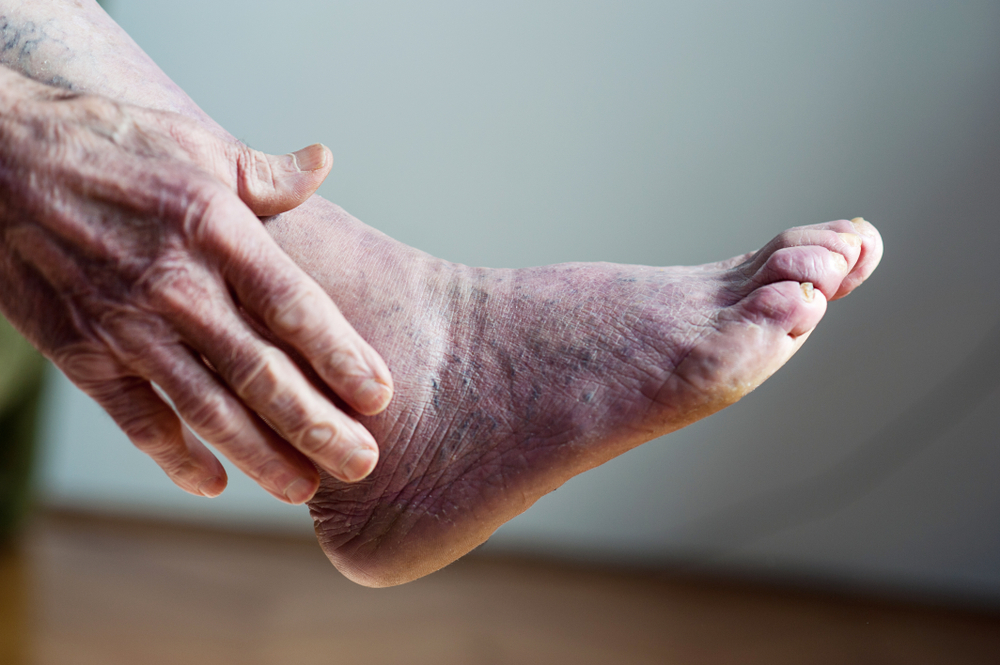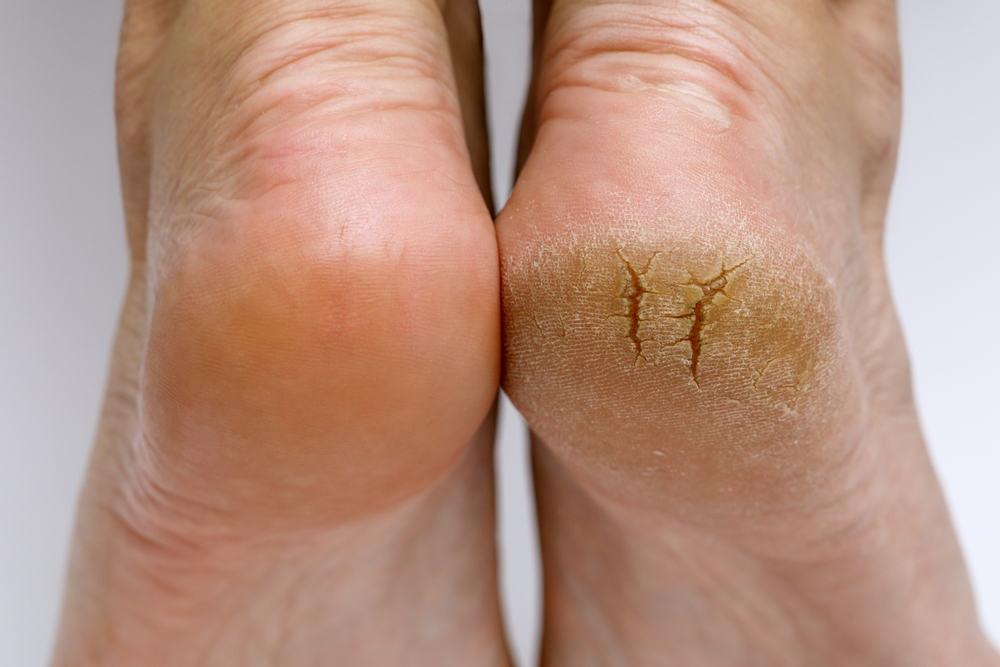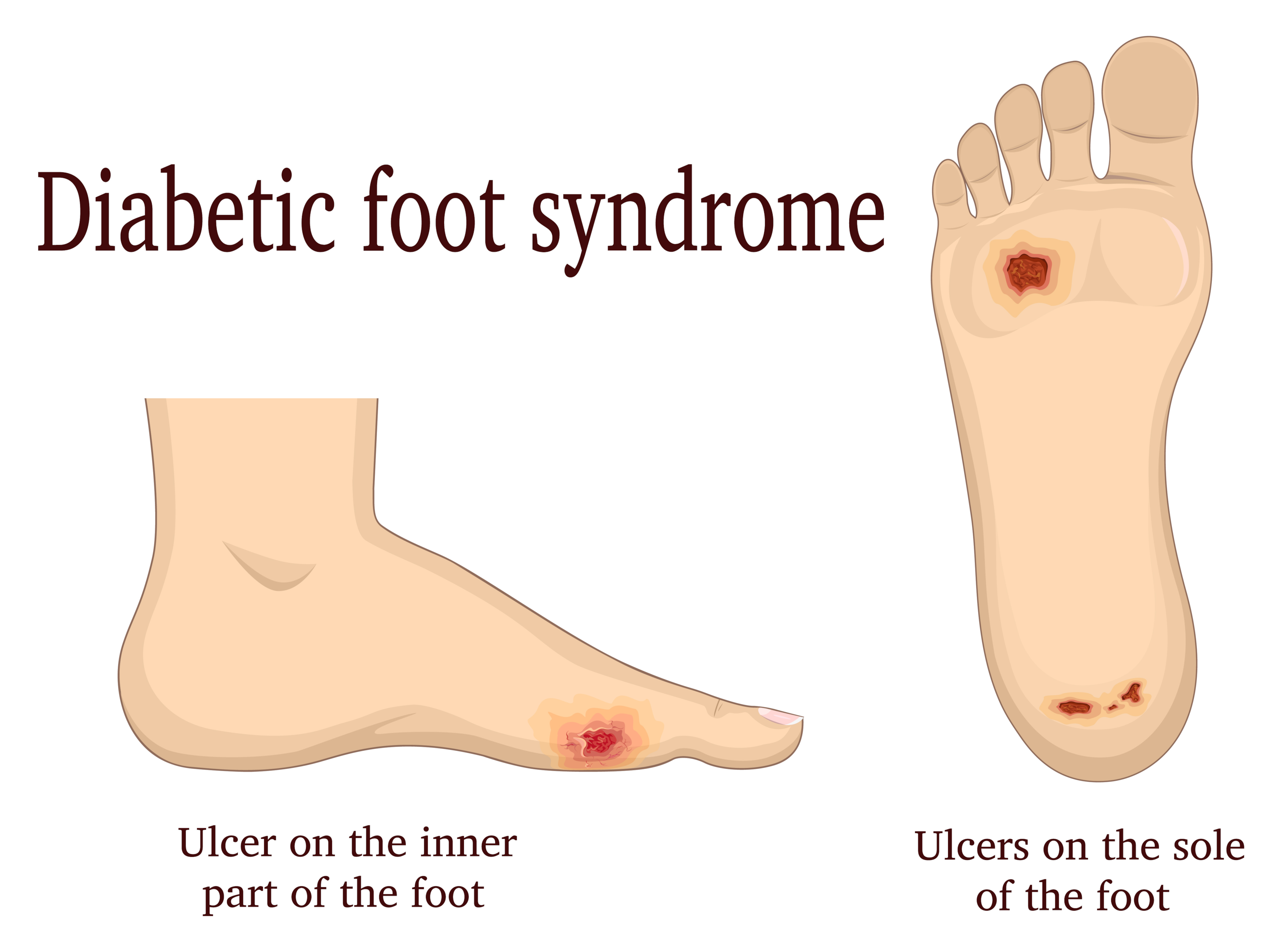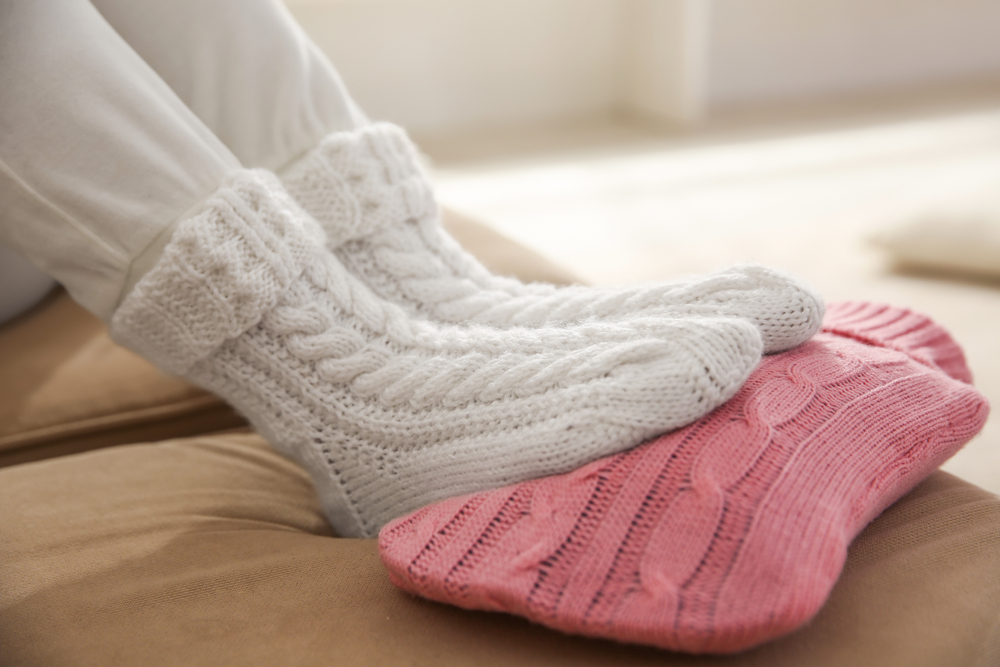
Cold Weather and Foot Pain: Causes & Solutions
Winter is here, and with it comes the joy of the holiday season. However, along with the festivities, cold weather brings a host of problems, especially when it comes to foot pain. If you are someone who experiences foot pain in colder temperatures, you are not alone.
In this blog post, we will discuss the different causes of foot pain during winter and how to prevent and manage it. We will also shed light on the importance of proper footwear and foot care during winters and when to seek medical attention for persistent or severe foot pain. So, let’s dive in and understand why your feet hurt more in winter and how to deal with it like a pro!
Key Takeaways
- Cold weather may worsen foot pain in conditions like arthritis or Raynaud’s disease.
- Insulated, waterproof footwear helps.
- Exercise improves circulation, reducing cold-related foot pain.
- Severe cases require healthcare professional consultation for proper treatment and management.
Understanding the Causes of Foot Pain in Cold Weather
During colder months, poor circulation can lead to foot discomfort. Appropriate footwear, regular exercise, and professional consultation when pain persists are essential. Winter conditions also increase the risk of slips, falls, and subsequent foot injuries.
Tips for Preventing and Managing Foot Pain in Colder Temperatures
Wear the right shoes with good insulation, support, and grip to prevent and manage foot pain in colder temperatures. Keep your feet warm with thermal socks and use heat therapy like warm baths or heating pads for soreness. Consider stretching exercises, massages, and foot soaks for relief from pain and swelling.
The Importance of Proper Footwear and Foot Care During the Winter Months
Exacerbating existing foot conditions, cold weather highlights the importance of appropriate footwear. Insulated, waterproof shoes prevent frostbite, while regular moisturizing and stretching aid circulation. Consulting a podiatrist offers personalized solutions for winter foot pain.
When to Seek Medical Attention for Persistent or Severe Foot Pain
Persistent or severe foot pain warrants medical attention, especially if it interferes with normal daily activities or shows signs of infection. Healthcare professionals can offer treatment options like physical therapy or custom orthotics to address the underlying causes and provide relief. Preventative measures, such as wearing the right shoes, can also help.
Understanding the Connection Between Cold Weather and Foot Pain
When temperatures drop, blood vessels constrict, reducing circulation to the feet and triggering discomfort. Nerve endings contract, leading to pain, especially for those with chronic conditions like plantar fasciitis and arthritis. Cold weather can worsen existing foot problems.
How Weather Changes Impact Your Feet
Changes in weather can affect your feet in various ways. Winter weather can lead to sore feet, calluses, and blisters due to footwear discomfort. Tight calf muscles in cold weather can exacerbate painful foot conditions, requiring thicker socks and arch support for relief.
The Science Behind Cold-Induced Foot Pain
Peripheral neuropathy may lead to severe foot pain in cold weather due to inadequate circulation. Cold temperatures can trigger inflammation worsening foot pain. Additionally, winter may cause foot tissue contraction, resulting in discomfort and swelling.
Podiatrist consultation is essential for pain alleviation. Tight calf muscles and unsupportive shoes worsen cold-weather foot pain.
Common Causes of Foot Pain in Cold Weather
Raynaud’s Phenomenon leads to extreme foot pain in winter due to blood vessel spasms. Chilblains cause painful, itchy skin on feet and toes.
Frostbite can cause numbness and blisters. Cold weather worsens arthritis, bunions, and plantar fasciitis, aggravating the conditions.
Raynaud’s Phenomenon
In winter, blood vessel spasms can turn feet white or blue, causing throbbing and numbness. Raynaud’s in cold weather is due to poor blood flow, leading to painful feet from constricted blood vessels.
Chilblains
Chilblains in cold weather prompt painful, itchy, and swollen skin on feet and toes. Winter weather triggers discomfort, pain, and redness in feet due to cold temperatures. The healing process for chilblains involves managing symptoms and protecting the affected areas.
Frostbite
Experiencing numbness, pain, and blisters on feet and toes due to winter-induced frostbite can cause discomfort and sensitivity. Cold temperatures trigger this condition, resulting in tingling and cold feet, necessitating proper treatment and care.
Preventive Measures for Avoiding Foot Pain in Cold Weather
Preventive measures for avoiding foot pain in cold weather involve wearing proper footwear, keeping feet dry and warm, using thick socks for insulation, ensuring arch support, and opting for compression socks. These measures can help minimize winter foot pain and alleviate discomfort during normal daily activities.
Importance of Proper Footwear
Proper footwear in winter, with the right arch support, helps relieve foot pain and discomfort caused by cold weather. Supportive shoes prevent painful foot conditions and swelling, aiding in healing and normal daily activities.
Keeping Feet Dry and Warm
During cold weather, warm liquids and proper winter boots promote blood flow and help in keeping feet dry, warm, and comfortable. Thick socks aid in insulating feet while moisture-wicking winter shoes keep feet dry and free from discomfort.
Regular Exercise to Improve Circulation
Engaging in physical activities promotes better foot blood flow, reducing pain and enhancing circulation. Regular exercise aids in improving blood circulation to the extremities alleviates foot discomfort, and improves foot health in colder months.
Solutions to Alleviate Cold Weather Foot Pain
To alleviate cold weather foot pain, ensure proper footwear with adequate arch support and wear supportive shoes with thick, warm, moisture-wicking socks. Appropriate winter shoes and thicker socks can prevent discomfort, allowing normal daily activities.
Over-the-Counter Pain Relievers
Over-the-counter pain relievers offer relief from cold weather foot discomfort. These non-prescription solutions effectively address foot pain, aiding the healing process. OTC pain relievers help manage foot discomfort, allowing normal daily activities without known hindrances.
Topical Pain Relief Creams
When it comes to managing foot discomfort in cold weather, topical pain relief creams offer localized relief and immediate soothing. These creams effectively alleviate discomfort, making them valuable for addressing cold-weather foot pain.
Warm Compress and Massage
Alleviate cold-weather foot pain with warm compress and massage therapy, easing discomfort and promoting healing. Massaging the feet with a warm compress can provide relief from known causes of foot pain, promoting relaxation and improved circulation.
When to Seek Professional Help
If it’s persistent, it warrants a consultation with a podiatrist for proper assessment. If the foot pain does not improve despite self-care, seeking professional help is essential. Consulting a podiatrist is recommended for severe and persistent cold-weather foot pain.
Persistent or Severe Pain
Persistent or severe foot pain in colder temperatures should prompt professional evaluation for potential underlying conditions. Consulting a podiatrist is crucial if the foot pain in cold weather is persistent or severe to prevent long-term damage and ensure proper treatment.
Signs of Frostbite or Other Serious Conditions
Be vigilant for indications of frostbite or other serious foot conditions during colder months. Recognizing signs of frostbite or other foot conditions is crucial in cold weather. Watch for symptoms presenting in chilly temperatures.
Managing Painful Feet in Cold Weather
Proper footwear and warm, moisture-wicking socks are essential in cold weather. Regular exercise and foot massages can ease foot pain.
Over-the-counter pain relievers and topical creams offer relief. Seek professional help for persistent or severe foot pain, and watch for signs of frostbite or other serious conditions.
Recap of Prevention Strategies
To prevent foot pain in cold weather, it’s important to wear the right shoes, keep your feet warm and dry, and exercise regularly. Managing foot pain in winter involves summarizing preventive measures, emphasizing key strategies, and highlighting effective approaches to stay comfortable and pain-free.
Recap of Treatment Options
Keep your feet warm with insulated shoes and socks to alleviate foot pain in cold weather. Regular stretching promotes circulation, while orthotic inserts offer support.
Heat therapy, like warm compresses, relieves discomfort. Severe cases require consultation with a podiatrist to determine the underlying cause.
Why Does My Foot Hurt More in the Winter?
During winter, foot pain can increase due to cold weather. The constriction of blood vessels and reduced blood flow to the feet can cause discomfort. The lack of vitamin D from sunlight exposure may also contribute to foot pain. Wearing proper footwear with insulation and traction and regularly stretching and massaging your feet can help alleviate this pain.
Video Credit: @CKBirlaHospital
Cold Weather and Foot Pain, the Connection
Foot pain during cold weather is a common issue that can be caused by various factors such as poor circulation, nerve sensitivity, or exposure to extreme temperatures. To prevent and manage foot pain, it is important to wear proper footwear, keep your feet warm and dry, and engage in regular exercise to improve circulation.
Over-the-counter pain relievers, topical creams, warm compresses, and massages can also provide relief. However, if you experience persistent or severe pain or signs of frostbite or other serious conditions, it is important to seek professional help. By taking these preventive measures and knowing when to seek help, you can minimize foot pain and enjoy the winter season comfortably.
Frequently Asked Questions
What are some common causes of foot pain during cold weather?
Cold weather can lead to foot pain due to reduced blood flow, uncomfortable footwear, and worsened conditions like arthritis and plantar fasciitis. Wear warm and supportive shoes to prevent foot pain and stay active for better circulation.
How can I prevent foot pain during cold weather?
To prevent this, it is important to wear warm and insulated shoes or boots to keep your feet dry and warm. Additionally, using insoles or inserts can provide extra cushioning and support. Regularly stretching your feet and toes can improve blood flow, while avoiding walking on icy surfaces helps prevent slips and falls that can cause foot injuries.
Are there any home remedies or treatments for cold weather-related foot pain?
Some home remedies and treatments can help alleviate cold weather-related foot pain. Soaking your feet in warm water can provide relief while wearing warm and insulated shoes or boots can prevent discomfort.
Regularly massaging your feet with warm oil or lotion can also help reduce pain. Applying heat therapy, like a heating pad or hot water bottle, can soothe cold weather-related foot pain.
When should I see a doctor for cold weather-related foot pain?
If your foot pain persists for more than a few days, it is recommended that you seek medical attention. Additionally, if you experience severe pain or difficulty walking, it’s important to see a doctor immediately. They can diagnose the underlying cause of your foot pain and provide appropriate treatment to prevent further complications.
Learn What’s Best for Your Feet!
Learn what’s best for your feet with us! We offer an array of tips and tricks for foot care and relief.
For a deeper dive into foot health, visit our website: feet-relief.com. Your journey towards happy, healthy feet starts here!















